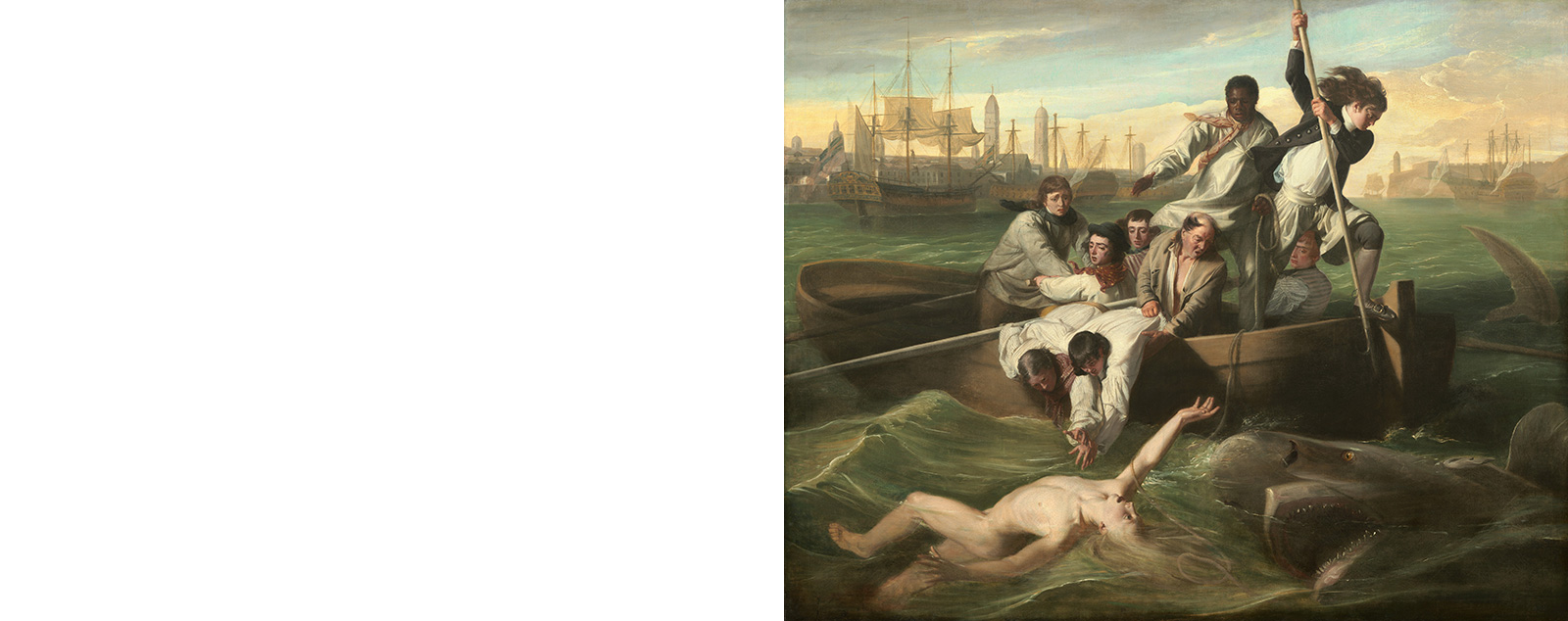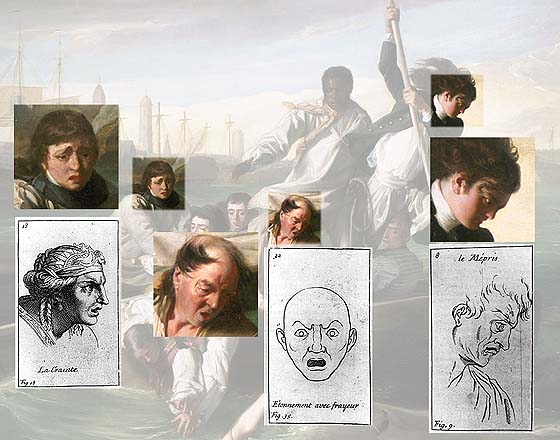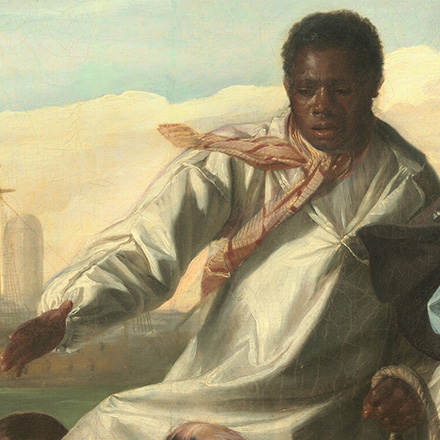Boston-born John Singleton Copley was the foremost 18th-century American artist. Copley trained with his stepfather, an engraver who had emigrated from England, and by the late 1750s was well established as a portrait painter. A fastidious artist who eagerly stayed abreast of developments in English art, mostly through mezzotints, Copley soon earned wealth and fame for his sophisticated, penetrating, and accurate likenesses. When he married in 1769, he was prosperous enough to afford a 20-acre farm with three houses on Beacon Hill next to his friend John Hancock’s property.
The political tensions that would soon trigger the Revolutionary War were bad for Copley’s business and his social life. He was a longtime friends of many radicals, including Hancock, Paul Revere, and Sam Adams, but his in-laws and many socially prominent clients were hard-core Loyalists. Reluctant to take sides, Copley instead took flight. He left Boston for Europe in early 1774, eager to see if his New World art met Old World standards. After studying in Italy for a year, Copley settled in England, where his family joined him, and launched his second career.











